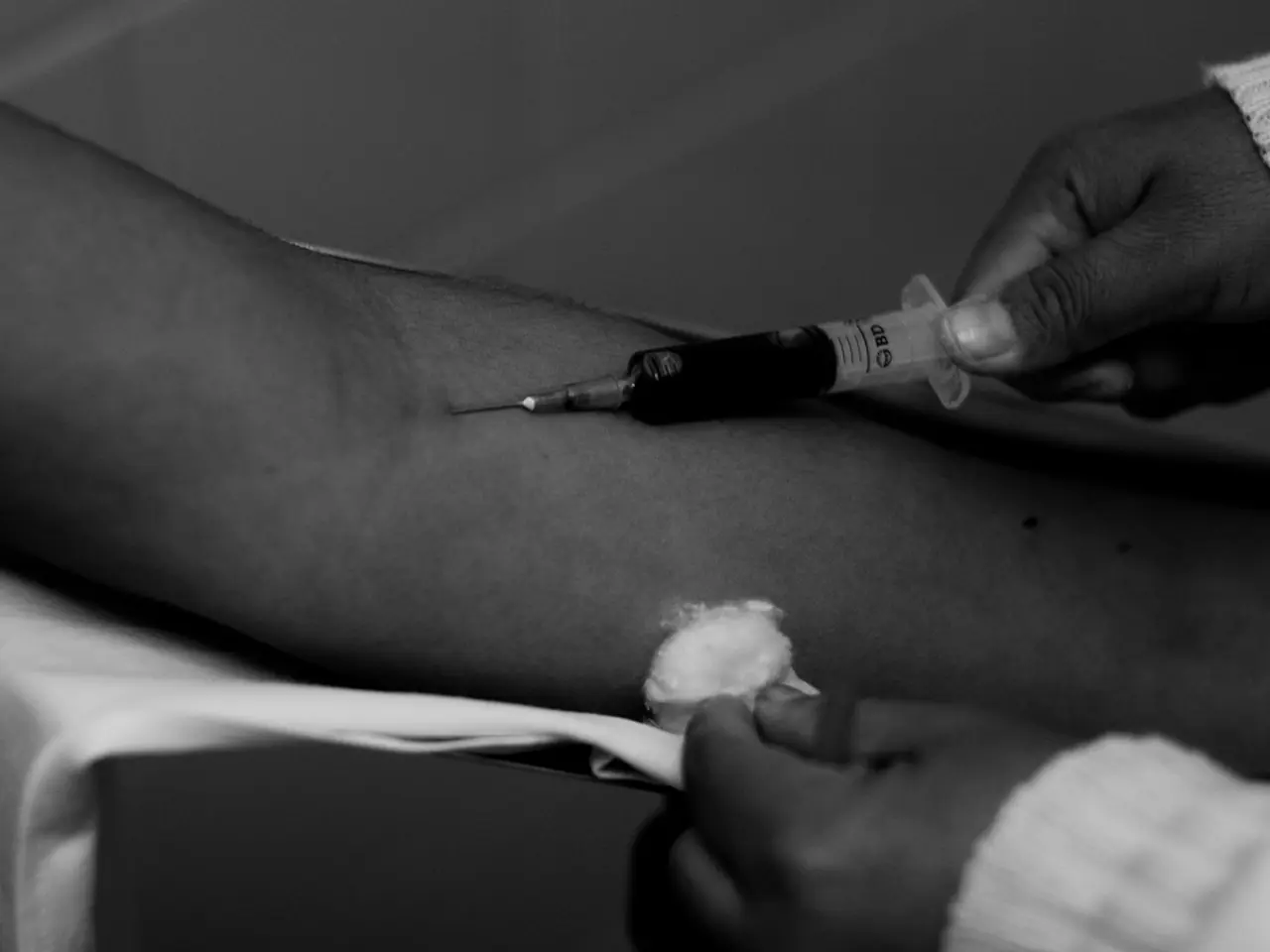Blood Transfusion Explained: An Overview
Blood transfusions are a vital part of modern healthcare, providing life-saving resources for patients in need. This medical procedure involves transferring blood or blood components from one person to another, and it plays a crucial role in various medical situations, such as surgeries, trauma care, and treating certain medical conditions like anemia.
There are several types of blood transfusions, each involving different blood components used for specific medical situations. The most common type is a red blood cell transfusion, used to treat anemia or significant blood loss.
Whole Blood Transfusion, containing all blood components (red cells, plasma, platelets), is used primarily for acute blood loss situations such as major trauma or during surgery when rapid volume and oxygen-carrying capacity restoration is needed.
Packed Red Blood Cells (PRBCs), which are red blood cells separated from plasma and platelets, are mainly used to treat anemia—both acute and chronic—and significant blood loss without clotting defects.
Platelet Transfusions are used to treat or prevent bleeding in patients with thrombocytopenia (low platelet count) or platelet dysfunction, common in conditions like leukemia, chemotherapy, or bone marrow failure.
Fresh Frozen Plasma (FFP) contains clotting factors and is used for patients with coagulation factor deficiencies, such as liver disease, disseminated intravascular coagulation (DIC), or massive transfusion protocols requiring clotting support.
Cryoprecipitate, rich in fibrinogen, factor VIII, and von Willebrand factor, is indicated in bleeding disorders requiring fibrinogen replacement, e.g., massive hemorrhage or hemophilia A.
Washed Red Blood Cells are used for patients who have allergic reactions to plasma proteins or with specific immunological issues.
It's important to note that blood typing and cross-matching are critical before transfusion to prevent hemolytic reactions due to ABO and Rh incompatibility.
Blood transfusions can be life-saving, especially in emergencies where rapid blood loss occurs. However, they are not without risks, including allergic reactions, febrile non-hemolytic reactions, hemolytic reactions, infections, transfusion-related acute lung injury (TRALI), and iron overload.
If any symptoms occur during a transfusion, it is crucial to stop the transfusion immediately and notify the healthcare team. Common symptoms of blood transfusion reactions include fever and chills, itching or rash, shortness of breath, back pain, dark urine, and rapid heartbeat.
By donating blood, individuals can make a significant impact on the lives of others, as each donation can save up to three lives. The blood donation procedure typically takes about an hour from start to finish and includes registration, health screening, donation, recovery, and refreshments.
Proper post-transfusion care includes immediate monitoring, managing potential symptoms, staying hydrated, consuming a balanced diet rich in iron and vitamins, attending follow-up appointments, and maintaining open communication with the healthcare team.
Blood donation plays a vital role in healthcare, providing life-saving resources for patients in need. Alternatives like autologous blood collection, intraoperative blood salvage, and erythropoietin therapy can sometimes reduce the need for donor blood.
In summary, blood transfusions are tailored to the patient’s needs by using whole blood or specific components (red cells, platelets, plasma), each with defined clinical uses primarily related to blood loss, anemia, or clotting disorders. Proper matching and testing help minimize the risk of adverse reactions.
Science has highlighted the crucial role of blood transfusions in medical-conditions like anemia and acute blood loss situations. For instance, Packed Red Blood Cells (PRBCs) are often used to treat anemia, while Whole Blood Transfusions contain all blood components and are primarily used in emergencies. Health-and-wellness experts emphasize the importance of donating blood, as each donation can save up to three lives and contribute to maintaining the supply of life-saving resources for patients with cancer or other medical-conditions.




